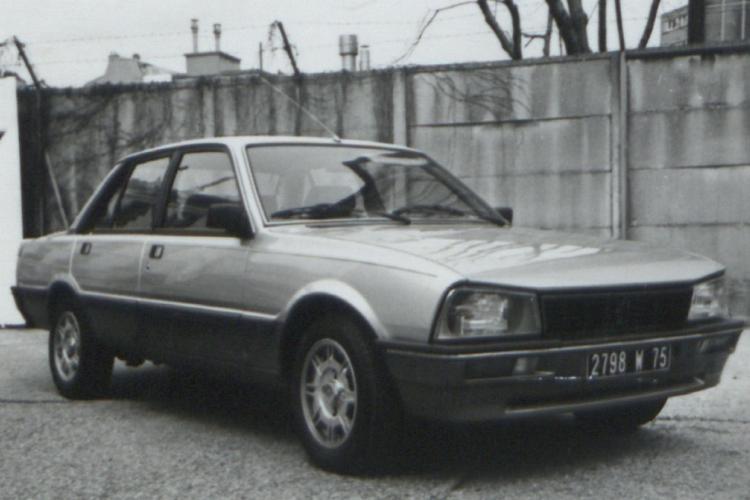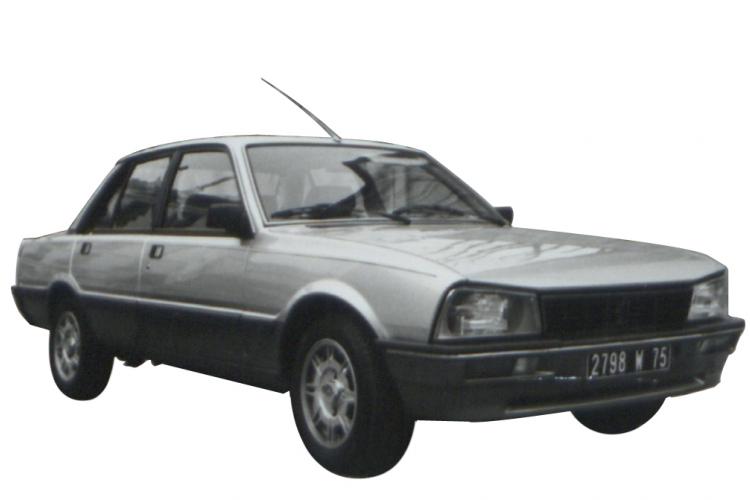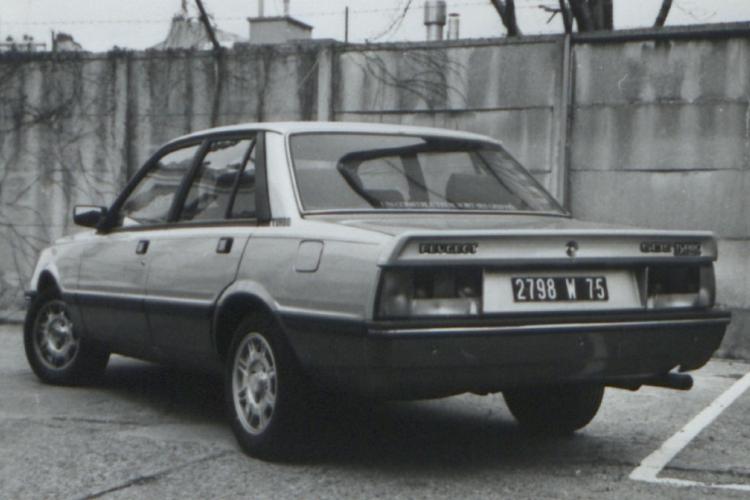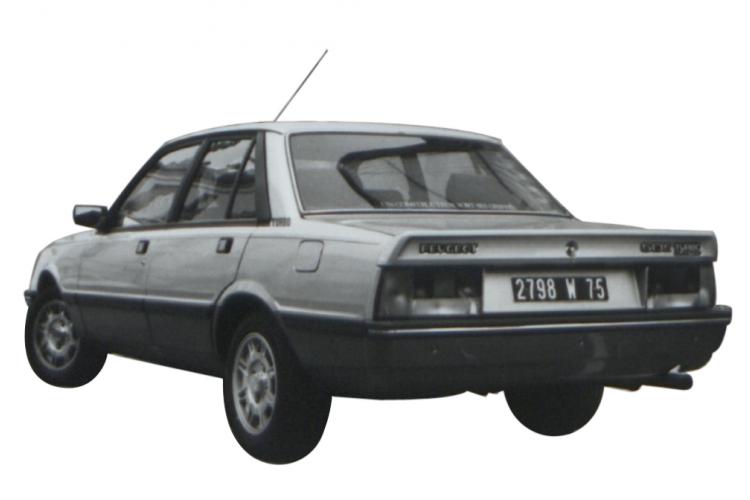As per Art. 4.1.4 to FIA Appendix K: For any homologated car, the HTP must be accompanied by an ASN certified copy (printed on FIA stamped/watermarked paper with an ASN additional authentication) of the car’s original Homologation Form or a ASN certified copy (printed on FIA stamped/watermarked paper with an ASN additional authentication) of the car’s Retrospective Homologation Form.
None of the forms available on this website will be recognised as valid on an event, this is for consultation only.
Peugeot 505 Turbo Injection E ( 2155)
Description
Born in 1979 to succeed the 504, the Peugeot 505 - the last RWD car produced by the marque – receives a turbocharged engine in 1983 and thus comes almost to the level of sportiness of the German salons with their well-established reputation.
At Peugeot, the preference for the more powerful models was to use the V6 PRV engine, but a new direction is taken with the 505 (with assistance from Porsche!), for which the Chrysler-Simca 4 cylinder 2.2 litre (2,156 cc) cast-block engine is retained, surmounted by an aluminium cylinder head with overhead camshaft, and with Bosch L-Jetronic injection and fed by a Garrett T3 turbocharger, without intercooler, producing 150 bhp. The sporting identity of the car is again confirmed by special suspension, ventilated front disc brakes, aluminium 15-inch wheels and a 25% limited-slip differential. A 180 bhp version with intercooler will be marketed from March 1984.
A new version of the 505 Turbo, the so-called “Phase 2”, will be produced from July 1985 again with more power, now reaching 180 bhp.
The Peugeot 505 Turbo has a great sporting career on circuits, French Supertouring Championship (1984-1986) and a single make trophy, the “505 Turbo Trophy” organised by Peugeot Talbot Sport (1985-1987, with a 200 bhp kit and even one to 230 bhp).





